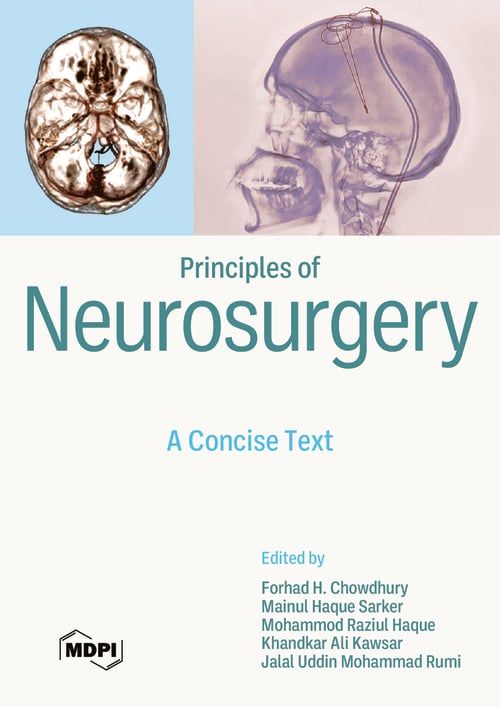Caroticocavernous Fistula (CCF)
A carotid cavernous fistula (CCF) is a relatively common intracranial arteriovenous fistula, usually traumatic and spontaneous in origin. A CCF may be of direct or indirect variety, and clinically presents with pulsatile proptosis, chemosis and red eye. Investigations include a CT of the head, an MRI of the head, and a CTA, MRA and DSA of the brain. Endovascular therapy comes first in line, but microsurgical treatment is needed where endovascular therapy is not possible or fails. Here, the etiopathogenesis, classification and management of a CCF are discussed concisely.
